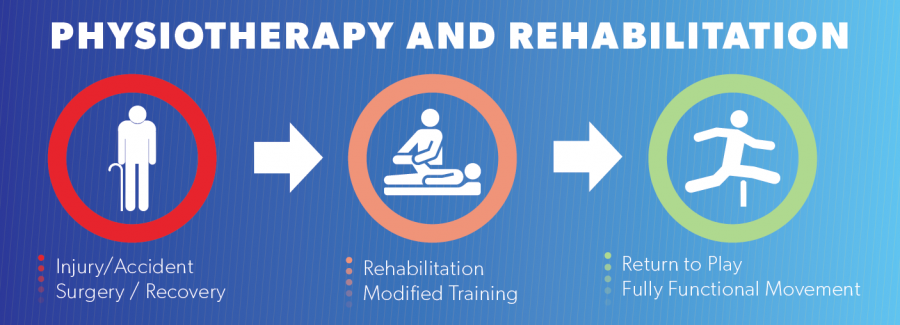Are we, with the best of intentions, putting young athletes at risk when we urge them to drink lots of fluids during steamy sports practices and games?
A new report about overhydration in sports suggests that under certain circumstances the answer is yes and that the consequences for young athletes can be — and in several tragic cases already have been — severe and even fatal.
Visit a practice for high school football, soccer or other team sports at this time of year, when temperatures can be high and early-season fitness marginal, and you are likely to see repeated water breaks and exhortations by the coaches and parents to drink up.
“A lot of people, including coaches, think that it is dangerous for athletes to get dehydrated, even a little dehydrated,” said Kevin Miller, an associate professor of athletic training at Central Michigan University in Mount Pleasant, Mich., and co-author of the new report.
The coaches and others worry that dehydration leads to muscle cramping and possibly heat illnesses, including serious heat stroke. So, hoping to keep their athletes healthy and safe, they press them to drink fluids before, during, and after a practice, whether the athletes feel thirsty or not.
And if an athlete should develop cramps or feel excessively hot during the workout, they are told to down even more fluids, and if the cramps continue, still more, “until, before you know it, a player will have drunk a gallon or two of fluid or even more,” Dr. Miller said, “which is something that we know actually happens.”
The problem with this situation is that, according to the latest science, dehydration during sports is rarely if ever dangerous, but overhydration undeniably is.
Last year, for instance, in a heartbreaking incident,
a high school football player in Georgia experienced cramps during practice, and hoping to alleviate them, began gulping large amounts of water and Gatorade. By the end of the practice, he had swallowed about four gallons of fluid, according to media reports. Not long afterward, he collapsed at home and was rushed by helicopter to the hospital, where, several days later, he died.
At least two other high school football players are known to have died since 2008 from drinking too much fluid during and after a practice, Dr. Miller said. These players had developed a rare condition, he said, known formally as exercise-associated hyponatremia and less technically as water intoxication.
Hyponatremia occurs when someone consumes so much fluid that his or her body can’t rid itself of the surplus through sweating or urination. As a result, water levels rise in the bloodstream and sodium levels, diluted, fall. Osmosis then draws water from the blood into the surrounding cells of the body to equalize sodium levels there, and those cells begin to swell like water balloons. If this process occurs in the brain, it can be lethal.
Until recently, hyponatremia had been associated almost exclusively with marathon races and other prolonged endurance events, especially among slow racers, who tended to sweat little but drink copiously, often for hours on end. But as the new report, which presents updated hydration guidelines developed by a consortium of scientific experts, points out, exercise-associated hyponatremia “is now being reported in a more diverse set of sporting activities,” including half-marathons, sprint triathlons, Grand Canyon hikes, Bikram yoga classes, and, of course, team sport practices and games, especially football, at the professional, collegiate, and now high school level.
“What is sad is that every case” of exercise-associated hyponatremia “is preventable,” Dr. Miller said.
The key, he said, is for athletes to drink when they feel thirsty — not before and not after they feel sated. “You do not need to ‘stay ahead of your thirst,’ as many people think,” he said.
Listening to your “innate thirst mechanism” provides a safe and reliable guide to hydration, the new report concludes.
This strategy also should not increase players’ risks for cramping or heat illness, Dr. Miller said, since, “based on current evidence, it does not appear that dehydration directly contributes” to those problems.
During recent telling experiments that he directed, for instance,
volunteers who exercised and sweated in the heat until they had become severely dehydrated were no more prone to muscle cramps than they had been at the start.
Similarly, if perhaps more surprising,
other studies have found that being dehydrated does not increase athletes’ susceptibility to heart problems and that athletes who collapse from heat illness often are quite well-hydrated.
Instead, both cramping and heat problems seem to result from athletes pushing themselves too hard. Muscles cramp, Dr. Miller said, when a muscle is fatigued and begins to spasm, not when an athlete is dehydrated, while heat illnesses generally occur in athletes who are not physiologically acclimated to hot weather (a process that requires slowly increasing the length and intensity of workouts in the heat) and who continue to exercise even as they start to feel awful.
So, he said, “the best advice” about how to keep young athletes healthy during warm-weather practices and games, “is common sense.” Don’t urge athletes to drink if they aren’t thirsty. And don’t make them keep playing if they aren’t feeling well, he said.
If they complain of feeling too hot, have them sit in the shade and remove clothing. Take their temperature if they remain lethargic, and seek medical attention if it is much above normal. Immerse them in an ice bath, too, to rapidly lower body temperature. (Dr. Miller and his colleagues recently completed a study in which they found that football players who overheated could be submerged wearing full pads and uniforms and cool off almost as quickly as players dressed only in T-shirts and underwear, which could save precious minutes when a player seriously overheats.)
Above all, remind them, and, if needed, yourself, that the point of this enterprise is to have fun.















